Safety is a Two-Way Street
During the summer months, there are longer daylight hours and warmer weather resulting in more people walking, cycling, and driving on our roadways. With this increase in traffic, it is important for pedestrians and motorists to focus on sharing the road. During the past several years the number of pedestrian injuries and fatalities have increased. We want to change that and help you be safe this summer when walking, running or cycling in New Jersey.
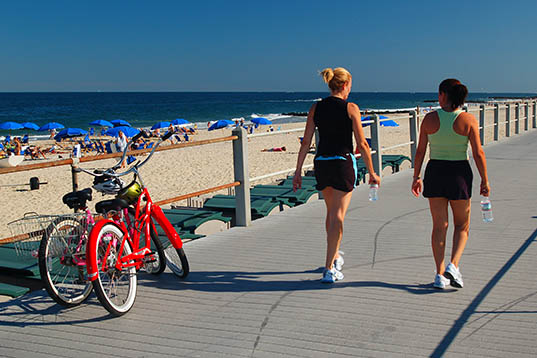
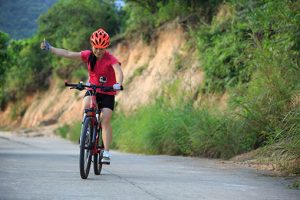
For Cyclists
- Signal your direction with hand signals.
- Use front and rear lights when riding at night.
- Wear a helmet (required for those under 17 in NJ).
- Obey traffic laws, including staying right and stopping at red lights and stop signs.
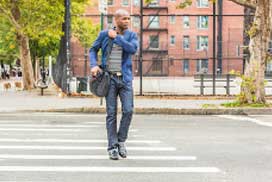
For Pedestrians
- Cross at designated crosswalks and intersections, making eye contact with drivers.
- Use sidewalks when available; if not, walk close to the curb facing traffic.
- Follow WALK/DON’T WALK signals.
- Watch for cars entering or exiting driveways and parking lots.
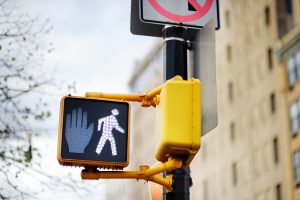
For Everyone
- Cross streets in well-lit areas or near crosswalks.
- Dress brightly and use blinking lights when walking or cycling at night.
- Avoid distractions like phone use and wearing headphones while crossing.
- Stay sober to maintain reaction time and balance.
175
pedestrians killed on NJ roadways in 2023
47.5
million people in the U.S. ride their bike annually
5
is the average age when most kids learn to ride a bike
5 Tips for Preparing Your Bike for Summer
As the cold winter weather subsides, our bikes eagerly await the arrival of warmer days. Is your bike ready to hit the road this spring? After months of hibernation in the garage, giving your bike the proper tune-up is crucial. These 5 simple safety tips will ensure a safe and enjoyable ride this season.
- Inspect your brakes: Check brake pad wear and replace if needed. Ensure the pads rest against the rim securely without any looseness.
- Assess tire condition: Examine tread wear, look out for bald spots or cracks, and ensure proper inflation. Refer to the tire’s side for recommended pressure range; if it’s illegible, it’s time for new tires!
- Check your wheels: Ensure proper mounting and alignment of your wheels. Spin each wheel to detect wobbles or hops and listen for brake pad rubbing.
- Clean and lubricate your chain: Use soap, water, or a cleaning agent to remove dirt. Once dry, apply a light oil to prevent rust. Make sure the chain is tensioned correctly and not loose.
- Seat check: Pay special attention to the seat height, especially for kids. Ensure it’s adjusted appropriately for comfort and safety.
For a thorough tune up, take your bike to your local bike shop!

- Anyone under 17, must wear an approved helmet. We recommend all ages!
- Bikes must be equipped with a bell or horn that is audible up to 100 ft.
- Bikes are required to have lights on the front and back, that can be seen from 50 ft.
- Obey all the traffic laws and use hand signals so vehicles know where you are headed.
- Cyclists should always ride single file, or two alongside each other when traffic is not impeded.
Wearing a helmet to protect your head in the event of a crash is a no brainer. But wait! Before you strap on that helmet on yourself or a child, make sure your helmet:
- Is designed for your activity (bicycle helmets are different than those for skateboarding/rollerblading)
- Fits properly
- Does not have any cracks or defects
- Has a SNELL or ASTM seal of approval on it.
- Is replaced every 3-5 years
Check out these brochures to learn more about bike safety for you and your kids:
FACT:
75% of pedestrian fatalities occur in the dark. Be extra cautious when walking at night.
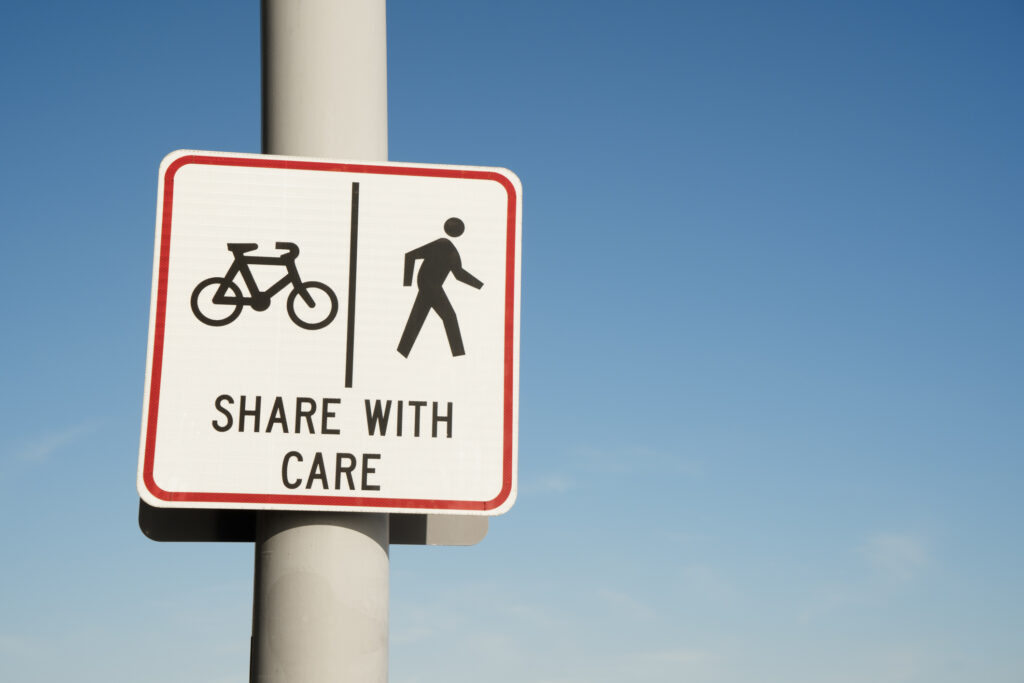
The NJ Safe Passing Law went into effect on March 1, 2022 and requires drivers to slow down and move over for pedestrians, cyclists, and other vulnerable roadway users. Learn more here.
- Drivers must move over a lane if possible (while following existing laws).
- Drivers must provide a distance of at least 4 feet when passing vulnerable road users. Otherwise, drivers must slow to 25mph and be prepared to stop until they can pass safely.
- The penalty for this law is a $100 fine ($500 if bodily injury) and two points on your driving record.

Remember, the summer brings more roadway users-from hard-to-see children, busy workers, cyclists and motorcycle riders. Stay alert and follow the safety rules when you are riding, driving, running or walking.
- Drive slow throughout crowded beach towns, there may be new or inexperienced cyclists
- Don’t pass vehicles on the right, there often cyclists riding in the shoulder
- Be patient, drive the speed limit and give yourself extra time for traffic
- Look for pedestrians and cyclists everywhere, and always proceed with caution
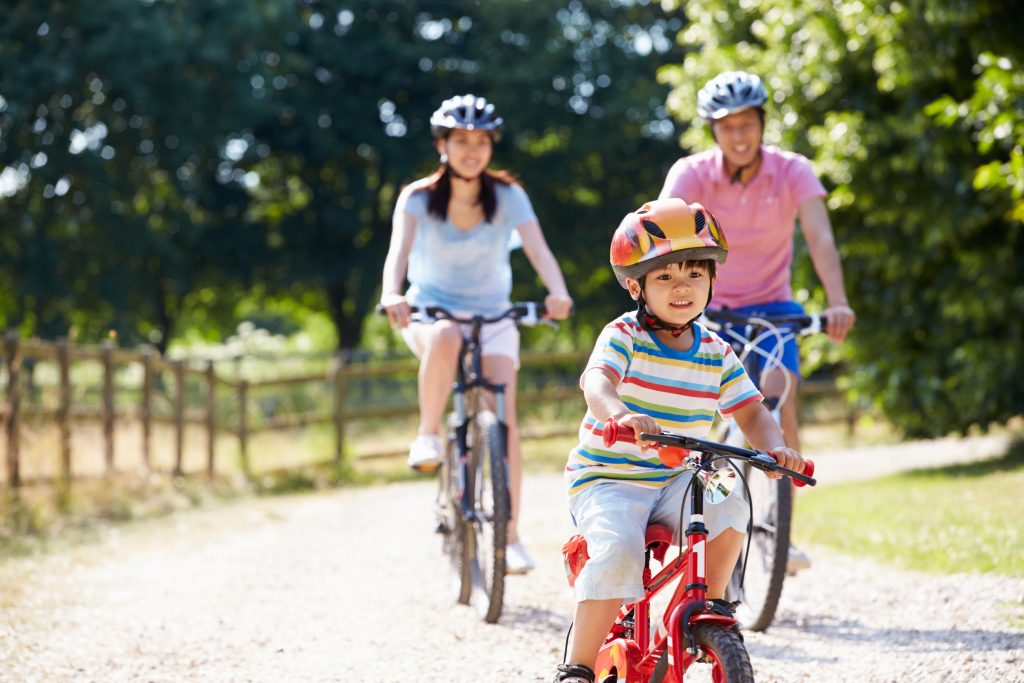
Whether you have kids or are just passing through towns as children are playing, parents and motorists have a responsibility to help ensure the safety of children and teens.
- Have children play in areas away from busy streets, driveways and parking lots
- Make sure young children are accompanied by an adult, especially when crossing streets
- When there is no sidewalk, walk close to the curb facing traffic
- When playing later in the day, children should be in bright or reflective clothing.
- Teach older children to cross in well-lit areas and use their cellphone flashlight to be visible to drivers when crossing.
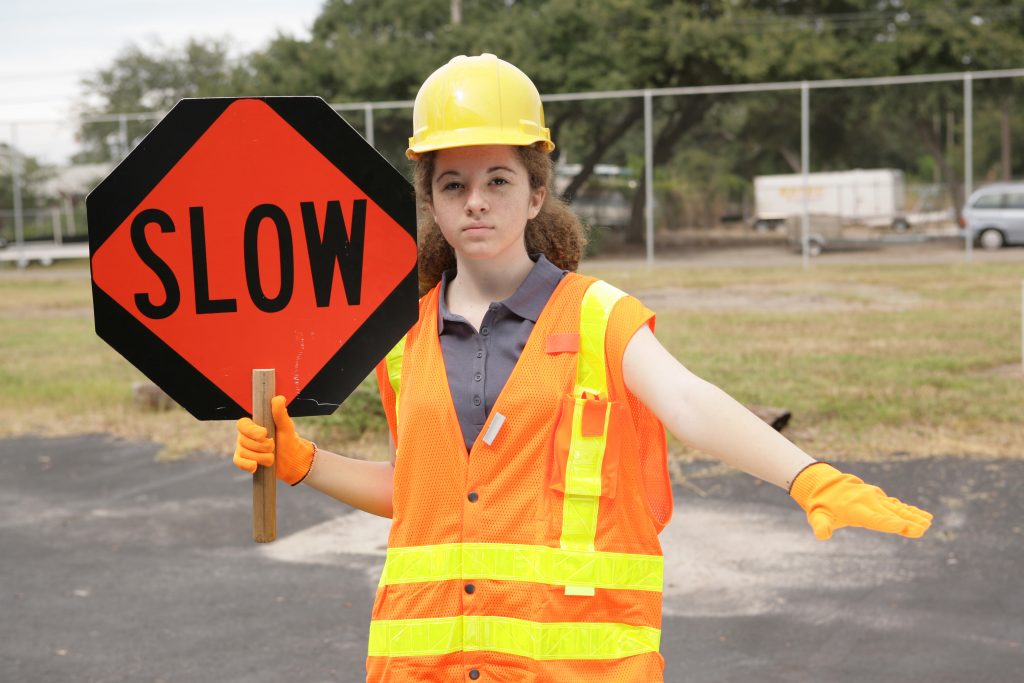
From construction workers to landscapers — lots of people work on and near roadways. Make sure you “Give them a Brake” by slowing down and allowing space for them to work safely. In many cases these workers are using equipment that may prevent them from hearing vehicles coming. Keep your eyes out for:
- Sanitation workers
- Landscapers
- Tow-truck operators
- Police & Emergency Responders
- Crossing guards
- Utility workers
- Construction workers
- Mail/package carriers

